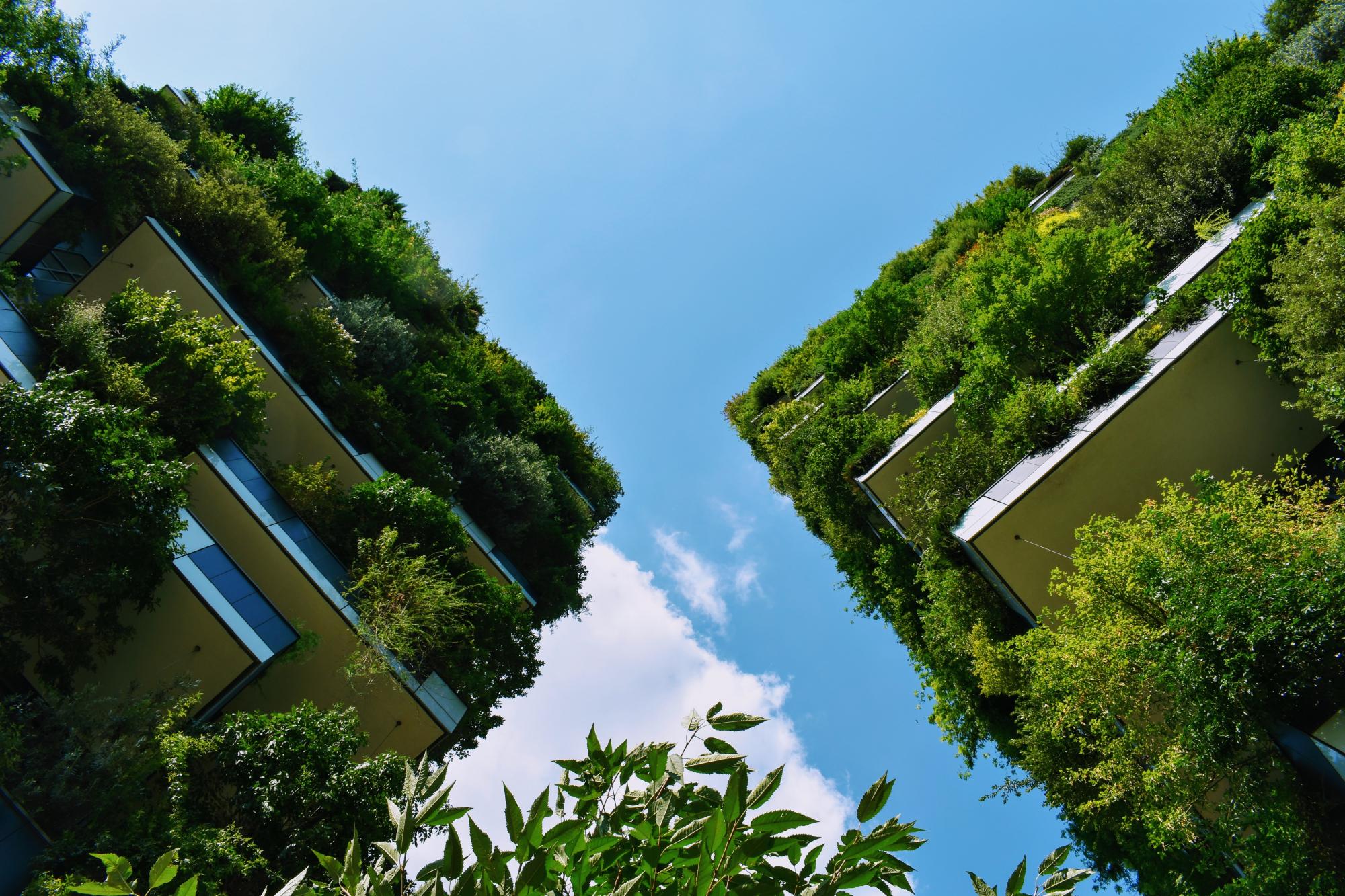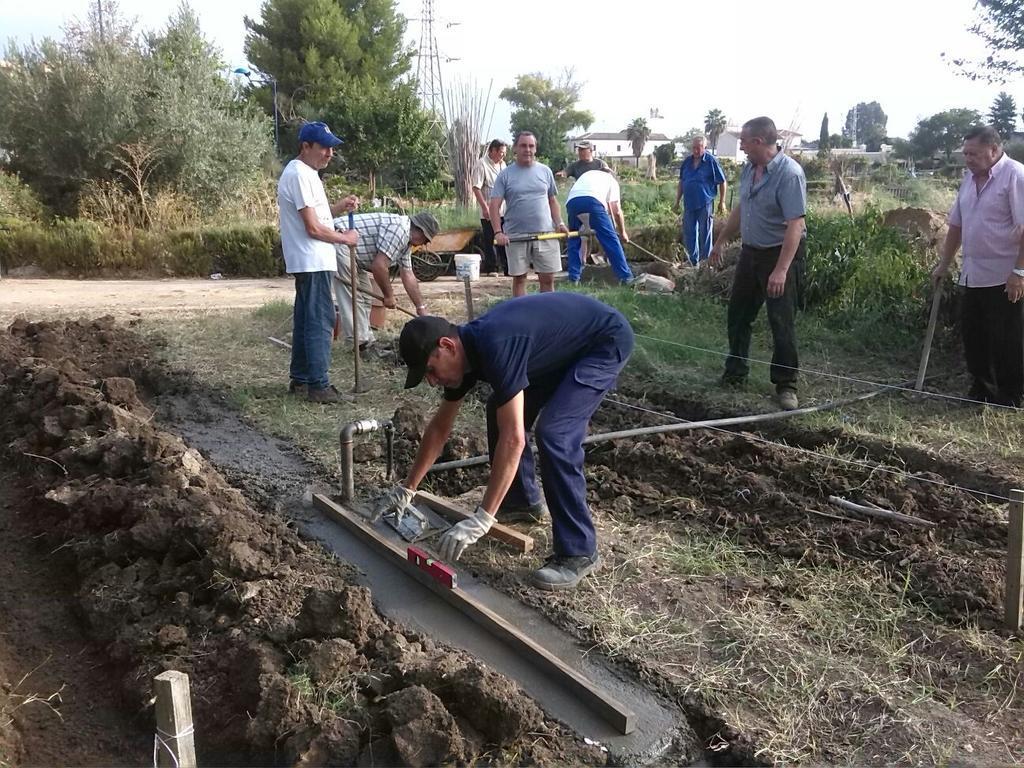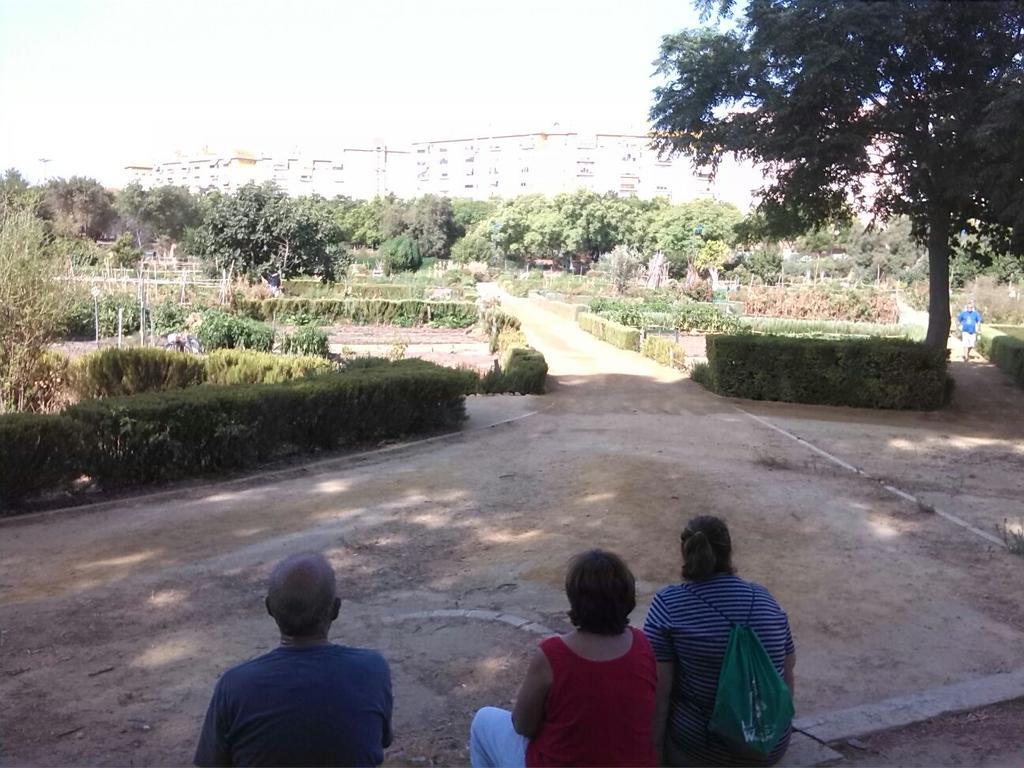Last updated: November 2021
Recreation and Educational orchards were created as part of the Miraflores Park interventions and rehabilitation. These orchards were available for public use and had educational programs where the children would learn and cultivate the land. The Orchards were formed of four separate programs: Huertos Escolares (School Orchards), Huertos de Ocio (Leisure Orchards), Educational Itineraries, and Youth Greenhouse. (Ref 4)
Overview
Nature-based solution
- Parks and urban forests
- Pocket parks/neighbourhood green spaces
- Community gardens and allotments
- Allotments
- Community gardens
- Horticulture
- Nature in buildings (indoor)
- Other
Key challenges
- Green space, habitats and biodiversity (SDG 15)
- Habitat and biodiversity conservation
- Green space creation and/or management
- Inclusive and effective governance (SDG 16)
- Inclusive governance
- Social justice, cohesion and equity (SDG 10)
- Social justice and equity
- Social interaction
- Environmental education
- Environmental and climate justice
- Health and well-being (SDG 3)
- Creation of opportunities for recreation
- Economic development and employment (SDG 8)
- Economic development: agriculture
- Cultural heritage and cultural diversity
- Preservation of natural heritage
- Protection of historic and cultural landscape/infrastructure
- Preservation of historic traditions
- Sustainable consumption and production (SDG 12)
- Sustainable consumption
- Sustainable production
Focus
Creation of new green areas, Maintenance and management of urban nature, Knowledge creation and awareness raising
Project objectives
- Facilitate knowledge of the environment through experience to increase the awareness of inter-relations of the physical surroundings and human activity. Thus, strengthening individual commitments and actions toward the environment. (Ref. 5)
- Promote bio-agriculture, encouraging the use of local resources, renewable energies and organic waste. (Ref. 5)
- Development of a cooperative working structure of solidarity and collectivist to encourage participatory decision processes. (Ref. 5)
- Empower citizen participation in the General Project of the Miraflores Park. (Ref. 5)
- Promote the rehabilitation and knowledge of the identity of agricultural-history of the residents of the Macarena district. (Ref. 5)
- Have members act toward the defense of the environment. (Ref. 5)
- Upkeep the orchard/ gardens as a type of eco-museum for the cultivation activities that have been ongoing. (Ref. 5)
Implementation activities
1963- Plans begin in the City organizational plan (PGOU) (Ref 3)
1991- Start of the School Orchards program (Ref 1)
School gardens used for primary school garden education (Ref 4)
150 m2 of leisure gardens for the elderly in the neighborhood (Ref 4)
Educational itineraries for visiting schoolchildren (Ref 4)
Greenhouse for further green education for the youth (Ref 4)
2015/2016- Orchards closed by the municipality (Ref 7,8)
Biodiversity conservation or restoration-focused activities
Biodiversity conservation:
- Protect species
- Take measures for ex situ conservation
- Means for conservation governance
- Manage biological resources for conservation and sustainable use
- Raise public awareness
- Public engagement
- Capacity building
Main beneficiaries
- Public sector institution (e.g. school or hospital)
- Citizens or community groups
- Marginalized groups: Elderly people
- Food producers and cultivators (i.e. farmers, gardeners)
- Young people and children
Governance
Management set-up
- Led by non-government actors
Type of initiating organisation
- Citizens or community group
- District/neighbourhood association
Participatory approaches/ community involvement
- Co-planning (e.g. stakeholder workshops, focus groups, participatory mapping)
- Taskforce groups
- Dissemination of information and education
- Consultation (e.g. workshop, surveys, community meetings, town halls)
- Joint implementation (e.g. tree planting)
- Co-management/Joint management
- Citizen oversight (e.g. boards, advisory)
Details on the roles of the organisations involved in the project
Pro-Educational Miraflores Park Committee- development of the socio-educational program at the orchard. (Ref 3)
City council of Sevilla (Ayuntamiento)- The orchards are in a park that is municipal land (Ref 3); provided funding (Ref 3)
AMPAs (Associations of Mothers and Fathers) - Schools coordination for participation in the educational program at the orchards. (Ref 1)
Management and decision making of the orchards is done by an assembly composed of members who use the orchards and by a representative of each of the orchard's programs. (Ref 3)
5 permanent members were chosen as representatives that organized acting on the necessities of the orchard and solutions to issues. (Ref 3)
Project implemented in response to ...
... an EU policy or strategy?
Unknown
... a national policy or strategy?
Unknown
... a local policy or strategy?
Yes
(1963 PGOU (Urban organizational plan) defines the limits for the construction of the park. (only executed 20 years later) (Ref 3))
Financing
Total cost
€50,000 - €100,000
Source(s) of funding
- Public local authority budget
Type of funding
- Direct funding (grants, subsidies, or self-financed projects by private entities)
Non-financial contribution
Type of non-financial contribution
- Provision of land
- Provision of goods
- Provision of labour
Who provided the non-financial contribution?
- Public authorities (e.g. land, utility services)
- Citizens (e.g. volunteering)
Impacts and Monitoring
Environmental impacts
- Green space and habitat
- Increased green space area
Economic impacts
- Unknown
Socio-cultural impacts
- Social justice and cohesion
- Improved access to urban green space
- Increased visibility and opportunity for marginalised groups or indigenous peoples
- Increased opportunities for social interaction
- Increased involvement of locals in the management of green spaces
- Increased access to healthy/affordable food
- Increased sustainability of agriculture practices
- Health and wellbeing
- Gain in activities for recreation and exercise
- Cultural heritage and sense of place
- Improvement in people’s connection to nature
- Protection of natural heritage
- Protection of historic and cultural landscape / infrastructure
- Increased sense of place identity, memory and belonging
- Increased awareness of flora and fauna as culturally and historically meaningful
- Education
- Increased knowledge of locals about local nature
- Increased awareness of NBS and their benefits
Type of reported impacts
Expected impacts, Achieved impacts
Presence of formal monitoring system
Unknown
Presence of indicators used in reporting
No evidence in public records
Presence of monitoring/ evaluation reports
No evidence in public records
Availability of a web-based monitoring tool
No evidence in public records
References
1. Asociacion Comite Pro-Parque Miraflores. (2010). Proyecto de Educacion Medioambiental Huertos Escolares. [Document provided].
2. Ayuntamiento de Sevilla. (2012). Source link. [Not available in 2020].
3. Escuela Agrícola Urbana Huerta Las Moreras. (2010). ¿Quiénes somos? Available at: Source link [Accessed: 1 October 2020].
4. Sevilla Ciudad. (n.d.). Huerta de las Moreras, 20 años sembrando conocimiento. Available at: Source link [Accessed: 1 October 2020].
5. Soledad Pascual Ortiz, M., Cifuentes Ochoa, M., & Gómez Muñoz, G. (1997). Programa Huerta Las Moreras en el Parque Miraflores, Sevilla (España). Available at: Source link [Accessed: 1 October 2020].
6. Sevilla Buenas Noticias. (2019). En el Huerto de Las Moreras, el primer fruto que se recoge es el apoyo. Available at: Source link [Accessed: 1 October 2020]
7. Huerta Las Moreras. (2016). Huerta Las Moreras. Twitter page. Available at: Source link [Accessed: 1 October 2020].
8. El Topo. (2019). HUERTA LAS MORERAS: BELLEZA Y COMPLEJIDAD DE LA GESTIÓN VECINAL. Available at: Source link [Accessed: 1 October 2020].
2. Ayuntamiento de Sevilla. (2012). Source link. [Not available in 2020].
3. Escuela Agrícola Urbana Huerta Las Moreras. (2010). ¿Quiénes somos? Available at: Source link [Accessed: 1 October 2020].
4. Sevilla Ciudad. (n.d.). Huerta de las Moreras, 20 años sembrando conocimiento. Available at: Source link [Accessed: 1 October 2020].
5. Soledad Pascual Ortiz, M., Cifuentes Ochoa, M., & Gómez Muñoz, G. (1997). Programa Huerta Las Moreras en el Parque Miraflores, Sevilla (España). Available at: Source link [Accessed: 1 October 2020].
6. Sevilla Buenas Noticias. (2019). En el Huerto de Las Moreras, el primer fruto que se recoge es el apoyo. Available at: Source link [Accessed: 1 October 2020]
7. Huerta Las Moreras. (2016). Huerta Las Moreras. Twitter page. Available at: Source link [Accessed: 1 October 2020].
8. El Topo. (2019). HUERTA LAS MORERAS: BELLEZA Y COMPLEJIDAD DE LA GESTIÓN VECINAL. Available at: Source link [Accessed: 1 October 2020].



